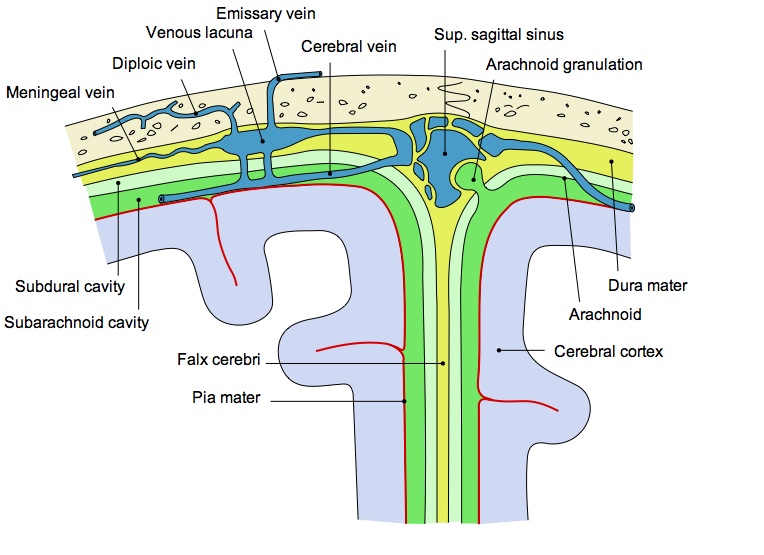Brain Bleeds after Head Trauma
Brain Bleeding in TBI
By Gordon S. Johnson, Jr.
One thing that can happen in TBI is a brain bleed, which can take on many forms. The conditions outlined on this page can be solved with brain surgery. Neurosurgery advances have increased the likelihood of waking up from a coma and recovering from severe brain injury.
Another element in addition to brain surgery that has improved the chance for recovery is the method of transport. People are now able to be airlifted to the hospital with the best level of care. This significantly increases the chances of survival for people with traumatic brain injury.
In addition, the CT scan has enabled doctors to see brain bleeds and swelling before the worst happens. So this is another new development that increases chances of survival.
Intracranial Lesions
Intracranial lesions are one type of brain bleed. The brain is fueled by blood. The blood is only healthy when inside blood vessels. Blood that touches the wrong tissue, like neurons, can be toxic to that tissue. After the brain bleed, the area that saw the blood will see significant damage. One of the primary goals of brain surgery is to stop brain bleeding.
Epidural Hemorrhage
An epidural hemorrhage occurs between the dura (covering around the brain) and the skull. This kind of brain bleed does not carry the same risk of directly damaging tissues, but this can result in compression of the brain. When the epidural space fills with blood, there will be a dangerous increase in intracranial pressure of the brain. Brain surgery can significantly reduce the dangerous pressure increase.
Subdural Hemorrhage
The subdural hemorrhage is a bleed that happens between the dura and the brain. A subdural hemorrhage can also involve risks of compression of brain tissue. Many times brain injury is the end result.
Subarachnoid hemorrhage
A subarachnoid hemorrhage is a brain bleed in the subarachnoid space, between the dura and the brain, but a deeper part of the skull.

The relationship between the dura (epidural above – subdural below), the subarchnoid space and the cerebral cortex (brain) is shown here. This is where a brain bleed will occur.